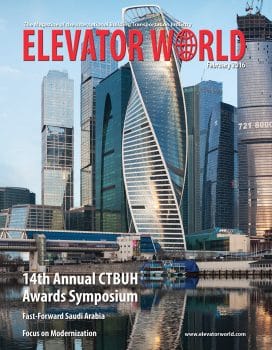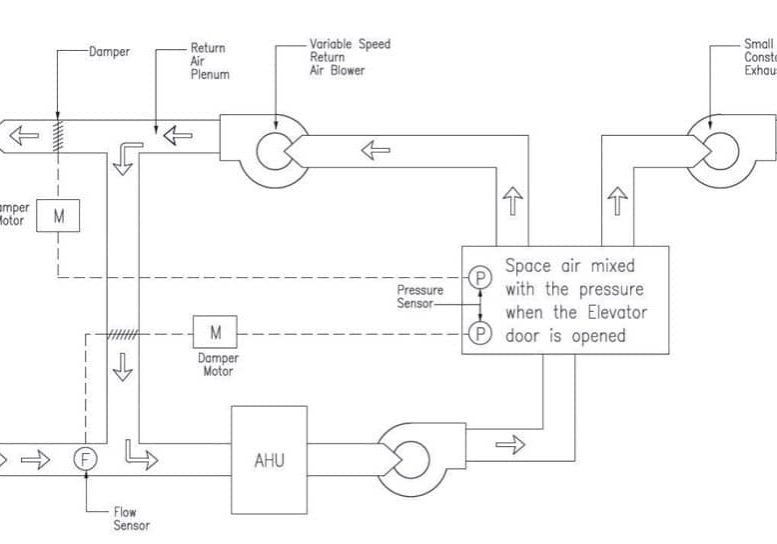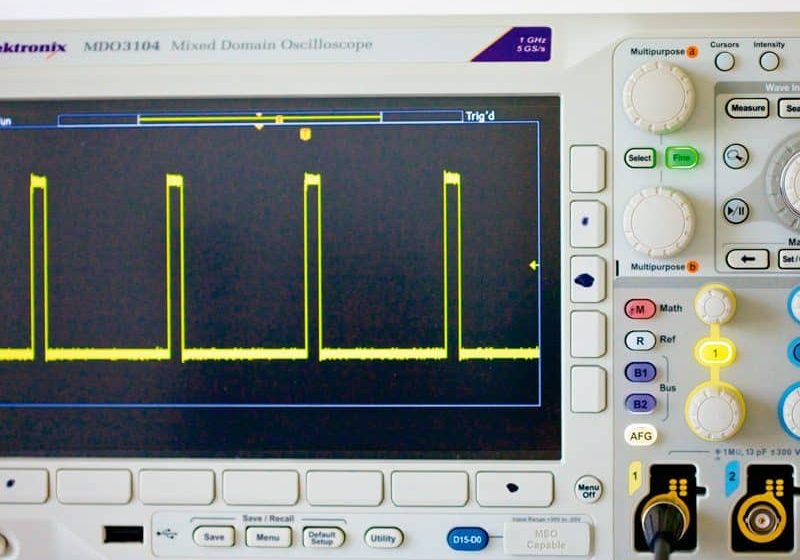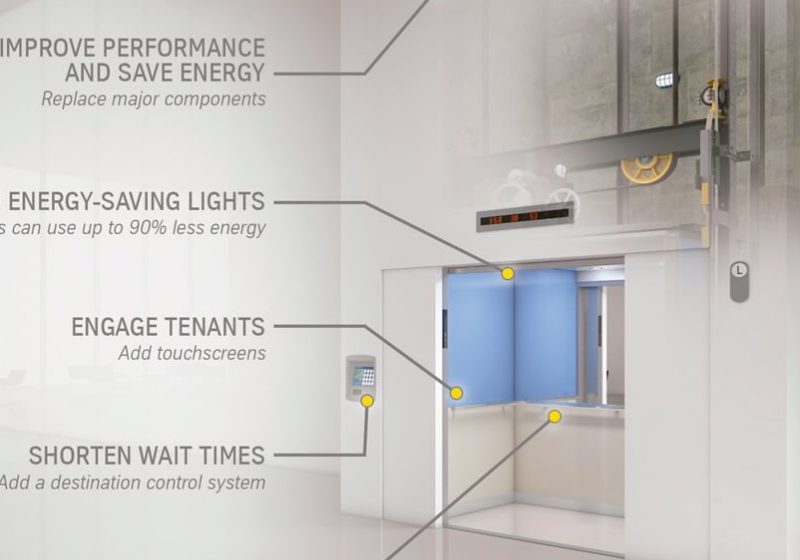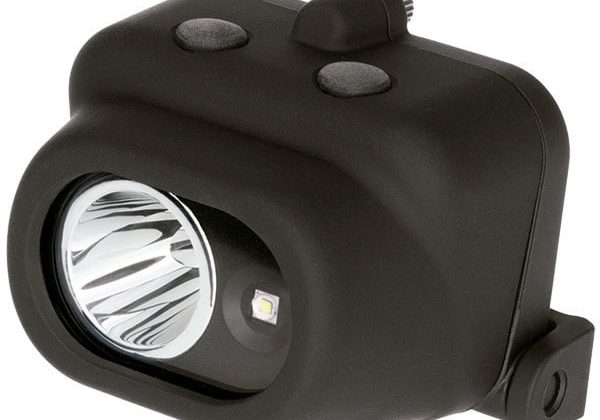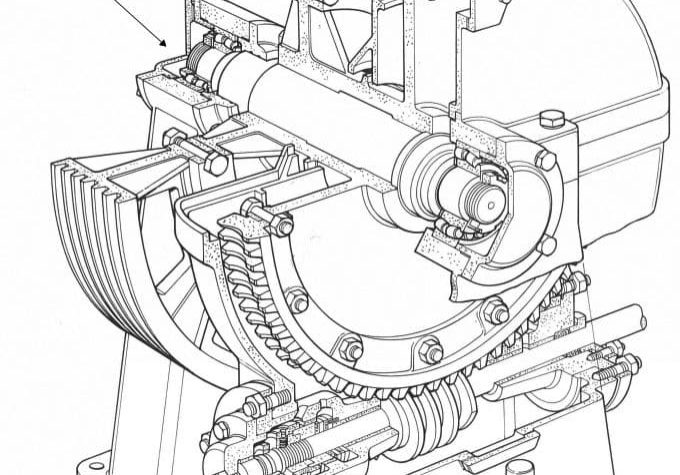Solving Two “Modern” Problems
Feb 1, 2016

How modernization can save time and the planet
As time has passed, and both the commercial and residential real-estate environments have continued to evolve, the concept of modernization has itself evolved to consider two very modern concerns: saving time and saving the planet. There is a variety of circumstances under which elevator modernizations may come into play. Owners of older buildings are increasingly “elevating” the looks of their cabs and entrances to compete for tenants with the many new, architecturally driven structures constantly joining the landscape. For similar reasons, some owners are completely emptying and rehabilitating entire properties, turning them into virtually new construction projects. Catastrophic events such as floods and fires that damage or destroy existing elevators also present the opportunity to introduce new looks and features as part of rehabilitation. And, in these and similar cases, minimizing the time it takes to be able to have or restore the use of functioning elevators is a major advantage on several levels.
Columbia Elevator Products Co. Inc.’s InstaCab™ service provides fully functional cabs to the market on an “instant” basis (ELEVATOR WORLD, September 2015). L.J. Blaiotta, Columbia’s president, explained:
“Addressing this need became possible because of our recent strong growth and expansion. Our current manufacturing and storage capabilities allow us to build and stock inventory of prefabricated cabs in advance of order in various capacities ranging from 2100 to 4000 lb. and get them quickly shipped to our customers’ sites for immediate use. This gives our customers, the installing elevator contractors, a significant leg up in today’s highly competitive construction environment, where time is literally of the essence. They can help get buildings opened much more quickly, because the working parts of the elevator come right away, and the decorative interiors come later. Being able to deliver these accelerated schedules enhances their reputations in the field, helps them win jobs and makes for happier property owners and managers.”
This time-compression aspect can be critical. Blaiotta continued:
“For example, when an occupied building suffers sudden incapacity because of fire or flood, getting back to ‘normal’ as soon as possible is a top priority. It’s one thing when there is only superficial cab damage, when the hanging panels can be ripped out, allowing the elevator to be returned to service quickly and made ‘pretty’ down the road. But, it’s quite another matter if there is irreversible cab or platform damage necessitating a fresh start, and it’s the building’s only elevator. In such a case, we can immediately deliver a fully functional cab for ‘instant’ installation and elimination of the emergency with the chance to subsequently install a modernized interior for a reinvigorated new look. And, if the bottom landing door is rotted out by a flood or kicked in because of a fire, our QuikDoor® program, featuring prefabricated, in-stock doors in conventional sizes, can help save the day.”
A more common application of the InstaCab modernization solution is where an existing building is being gutted and modernized, including the elevators. As shipped, InstaCabs are basically plain galvanized steel “tin cans,” entirely lacking all decorative elements but including fans, lights and all else needed for the elevator to function, pass inspection and allow for the issuance of a certificate of occupancy. These cabs can be pressed into service at the very beginning for use throughout the project as freight lifts and construction hoists.
While temporary carpeting can be laid down for a softer feel underfoot, InstaCabs come with adjustable floor brackets that screw from the floor to the wall, thereby allowing – with the use of shims, if necessary – accommodation of the wall to any eventual final flooring treatment the architect may later specify. Blaiotta explained:
“Then, as the project enters the architectural stage – when decisions have been reached about the look of the lobby and upper floors – Columbia’s XchangaCab® interior modernization program provides the decorative elements for the cab, from highly traditional to ultra contemporary, offering an infinite number of available design concepts, materials, colors and finishes that can be installed in as little as two days. If desired, this process can be delayed until after tenant move-in to avoid upfront damage to the new decorative panels. Of course, all these advantages can apply to new construction, as well.”
In addition to issues arising out of our time-challenged world, another factor behind the current “hot trend” toward modernization is an escalating concern for ecology on the broad scale. While discussion on this subject can be controversial, current thinking is trending more away from recycle/renew toward extending the life of existing things and leveraging the energy that originally went into making them. Some people advocate for the removal of hydraulic elevator systems and replacing them with machine-room-less (MRL) elevators featuring regenerative drives that return electric energy to the grid. While, on the surface, this may appear to be the “green” thing to do, others posit that what is not being considered is the total ecological cost of such a modernization, which might exceed the apparent savings.
An analogy often cited is automotive in nature: an older, carburetor-equipped car that gets 11 miles per gallon (mpg) is traded for a current hybrid or electric vehicle that gets 44 mpg (four times as much). On the surface, this appears very positive. But, what this does not take into account is the amount of energy consumed and the heat and pollutants added to the environment by the manufacture of the hybrid vehicle and its components, especially the battery. Under this theory, upgrading the old car with a tune-up, rebuild of the carburetor or addition of a new catalytic converter, thereby boosting its mpg to only 15, might actually be greener in global terms than replacing the old car with the hybrid. This thinking is associated with the growing acceptance of the “circular economy” theory.
According to proponents of the circular economy theory who analogize the above example to elevator modernization, instead of an entire MRL replacement, it might be greener to keep the existing system and install a new electronic valve along with just a new cab and interior fitted with LED lighting and panels devoid of formaldehyde. When abstracted over a building’s decades-long lifetime, such incremental improvements – instead of repeated whole-system replacements and the manufacturing processes and materials they require – could have considerably less impact on the environment as a whole.
Related Blaiotta:
“When I was in college, we were given a thought exercise that would appear to support this theory: imagine a room that is a completely sealed system, allowing absolutely no energy in or out. Introduce a refrigerator, plug it into a wall outlet, leave the refrigerator door fully open and run it for 24 hr. At the end of this period, the room temperature will have gone up, because the electric plug acts as an inbound leak of new energy into the system, which is converted into heat. No matter how cold you set the refrigerator, therefore, the room becomes warmer. In this light, if you look at the planet as a whole – analogous to the energy-sealed room – the less heat-adding manufacturing required to achieve the desired end result, the better. For people who believe that this approach is the most environmentally sensitive and responsible, our modernization packages and techniques provide a fast and satisfying elevator upgrade that comports with their view.”
Blaiotta notes that XChangaCab, an integral component of the InstaCab package, originated as somewhat of an unplanned consequence of the wind-down of the financial downturn of the last decade and response to unforeseen natural disasters, such as the flooding that resulted from Hurricane Sandy. As new construction began to flourish once again, demand developed among owners of existing properties who sought to upgrade their buildings and elevators to make them more attractive and competitive in retaining and acquiring tenants. Blaiotta explained:
“To meet this growing demand for new cab interiors, we worked to come up with something that was really quick and simple for the installers in the field, to be as time-efficient, accurate and safe as possible. Instead of the commonly used, single full-sized templates the installers were finding inaccurate, unwieldy and difficult to work with, our innovation involved a proprietary approach using moving brackets that mount temporarily to the wall and progressively guide the installer to place the decorative panels in the perfect position. Once the walls have been prepared to receive the new hanging panels, the temporary brackets are removed to use on the other walls for the same process, then discarded when all the panels have been hung. Additionally, the steel pieces feature punched-in arrows to prevent backward mounting and facilitate much faster, always-correct installation.
“Our approach to ‘rush’ elevator modernization is a one-two-three punch made up of InstaCab, QuikDoor and XchangaCab. Our customers find it an ideal solution not only in many time-sensitive situations, but also with major overhauls involving motor replacements. Such major jobs, by definition, do not mandate a ‘rush’ cab solution, but many contractors nonetheless use InstaCab and XChangaCab in these situations, because of the sheer convenience it delivers. As Columbia enters its 51st year, we are committed to continuing to bring forward such solutions.”
Get more of Elevator World. Sign up for our free e-newsletter.

